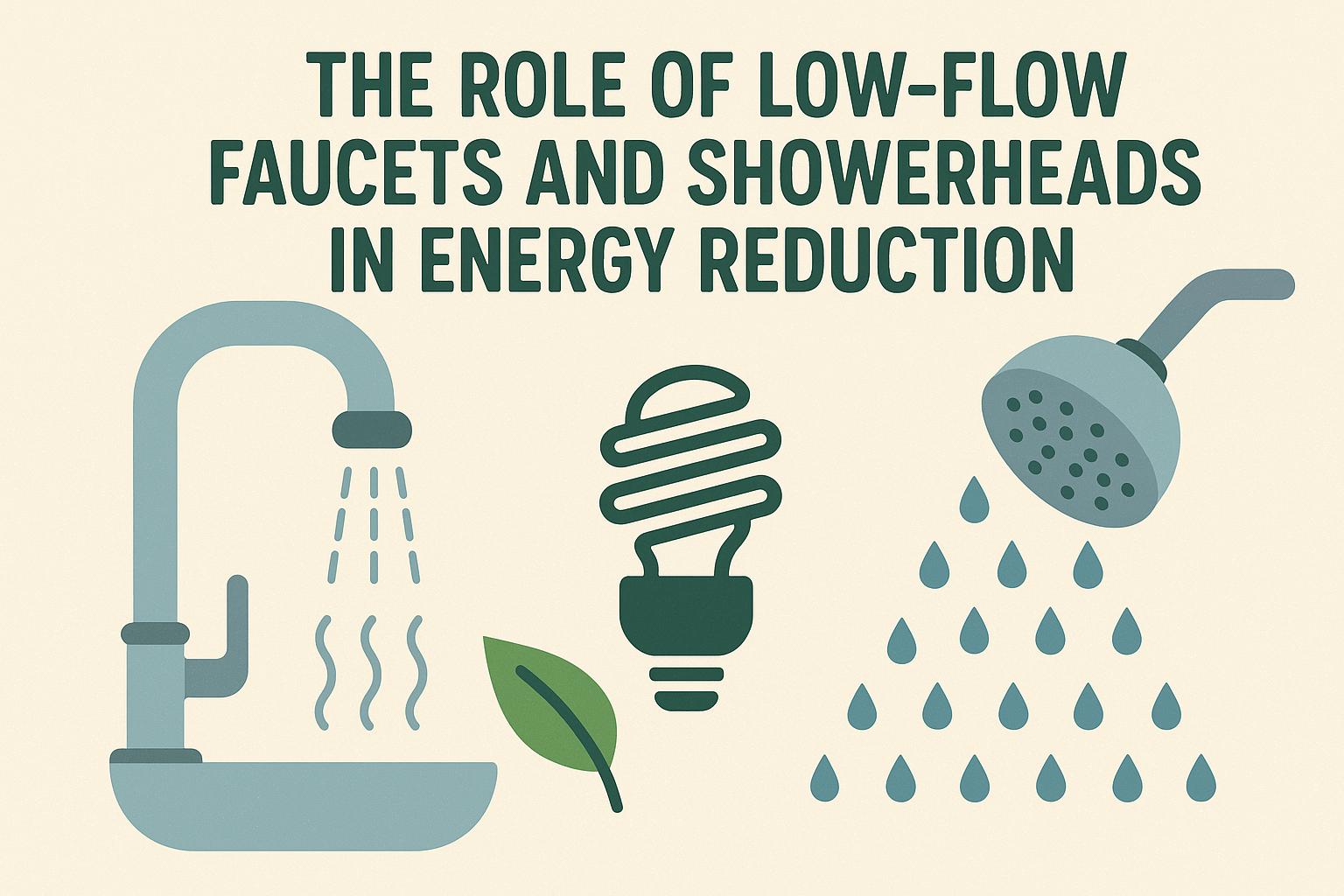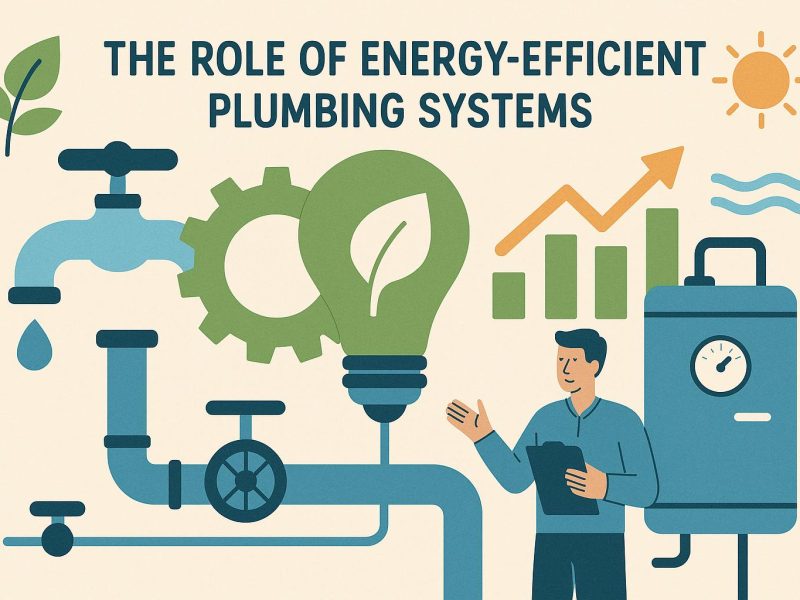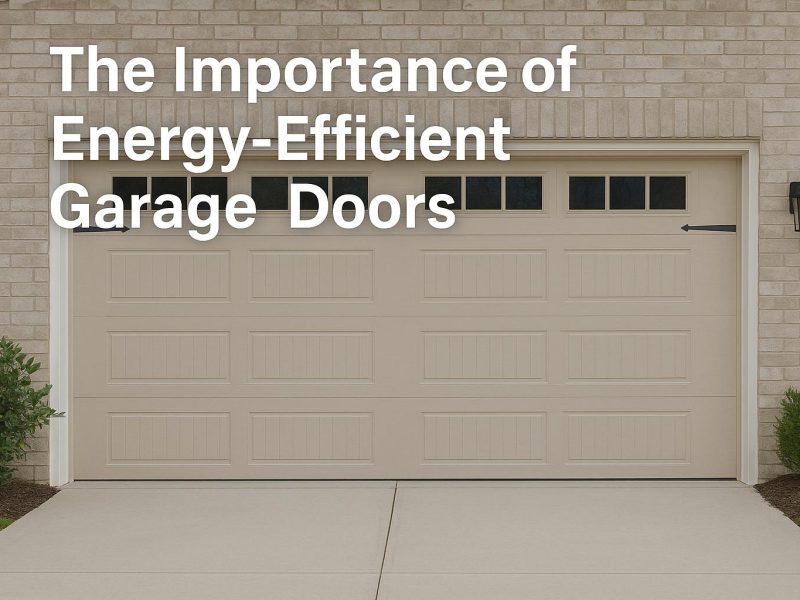The Functionality of Low-Flow Faucets and Showerheads
Low-flow faucets and showerheads are pivotal innovations in the quest for sustainability and resource conservation. These fixtures are ingeniously crafted to achieve a delicate balance between efficiency and performance, ensuring that users do not have to compromise on water pressure while significantly cutting down on water use. Historically, traditional faucet and showerhead models have high flow rates, often reaching up to 2.2 gallons per minute (gpm) for faucets and 2.5 gpm for showerheads. These high rates translate to considerable water consumption, which, over time, leads to increased utility bills and environmental strain. Low-flow fixtures offer a noteworthy contrast by incorporating advanced engineering that reduces these rates substantially.
The U.S. Environmental Protection Agency (EPA) sets benchmarks for such products through the WaterSense program. This initiative certifies products that not only minimize water usage but also maintain optimal performance, satisfying consumer expectations in terms of efficiency and practicality.
Impact on Water Consumption
The primary advantage of low-flow faucets and showerheads lies in their ability to curtail water consumption. Studies indicate that a significant reduction, potentially up to 30%, can be realized in household water use merely by converting to low-flow fixtures. The implications of this decline extend beyond mere conservation of a critical natural resource. Financially, households benefit through lower water bills, allowing consumers to reap economic gains alongside environmental ones. Over time, these savings can be quite substantial, especially when compounded with energy savings associated with reduced water heating.
Energy Savings Through Reduced Hot Water Use
A less apparent but equally critical advantage of low-flow fixtures is their impact on energy consumption, particularly regarding hot water. Water heating is a major energy expenditure for households. When water usage is curtailed through low-flow fixtures, the corresponding demand for hot water—and consequently the energy required for its production—also drops. Consider the example of a family installing a low-flow showerhead, which can lead to savings of up to 4,000 gallons of water per year. This saving translates into lower energy use, as the water heater bears a lesser load, thereby resulting in potential energy savings for the household. Over time, such reductions are significant, contributing to decreased energy bills and overall household energy consumption.
Environmental Benefits
Beyond direct household benefits, low-flow faucets and showerheads contribute positively to environmental conservation on a broader scale. Using less hot water equates to diminished energy production, which is frequently associated with emitting greenhouse gases. Thus, households utilizing low-flow fixtures contribute to a reduced carbon footprint. Additionally, diminishing pressure on municipal water resources helps alleviate the need for extensive developments of infrastructure. Lower demand can lead to fewer ecological disturbances, as the natural environment is not subjected to the stresses of new or expanded infrastructure. In this sense, low-flow technologies are not just tools for personal savings but also vital components in the global effort towards environmental preservation.
Conclusion and Implementation
Adopting low-flow faucets and showerheads is a straightforward yet impactful move towards sustainable living. With technological advancements, these fixtures no longer demand that consumers sacrifice performance to achieve water and energy efficiency. For eco-conscious consumers and those looking to make a significant impact, these fixtures represent an optimal choice. When selecting these products, the presence of the WaterSense label can provide assurance of compliance with rigorous efficiency standards.
Investing in low-flow technologies is an investment in a sustainable future. The ecological and economic benefits align to create a compelling case for their use. Over time, the cumulative savings—both in financial terms and through resource conservation—underscore the value of this decision. By integrating these fixtures into their homes, consumers are not only embracing a sustainable lifestyle but actively contributing to the conservation of vital resources. Thus, the importance of this small change extends far beyond the individual, impacting communities and ecosystems at large.



